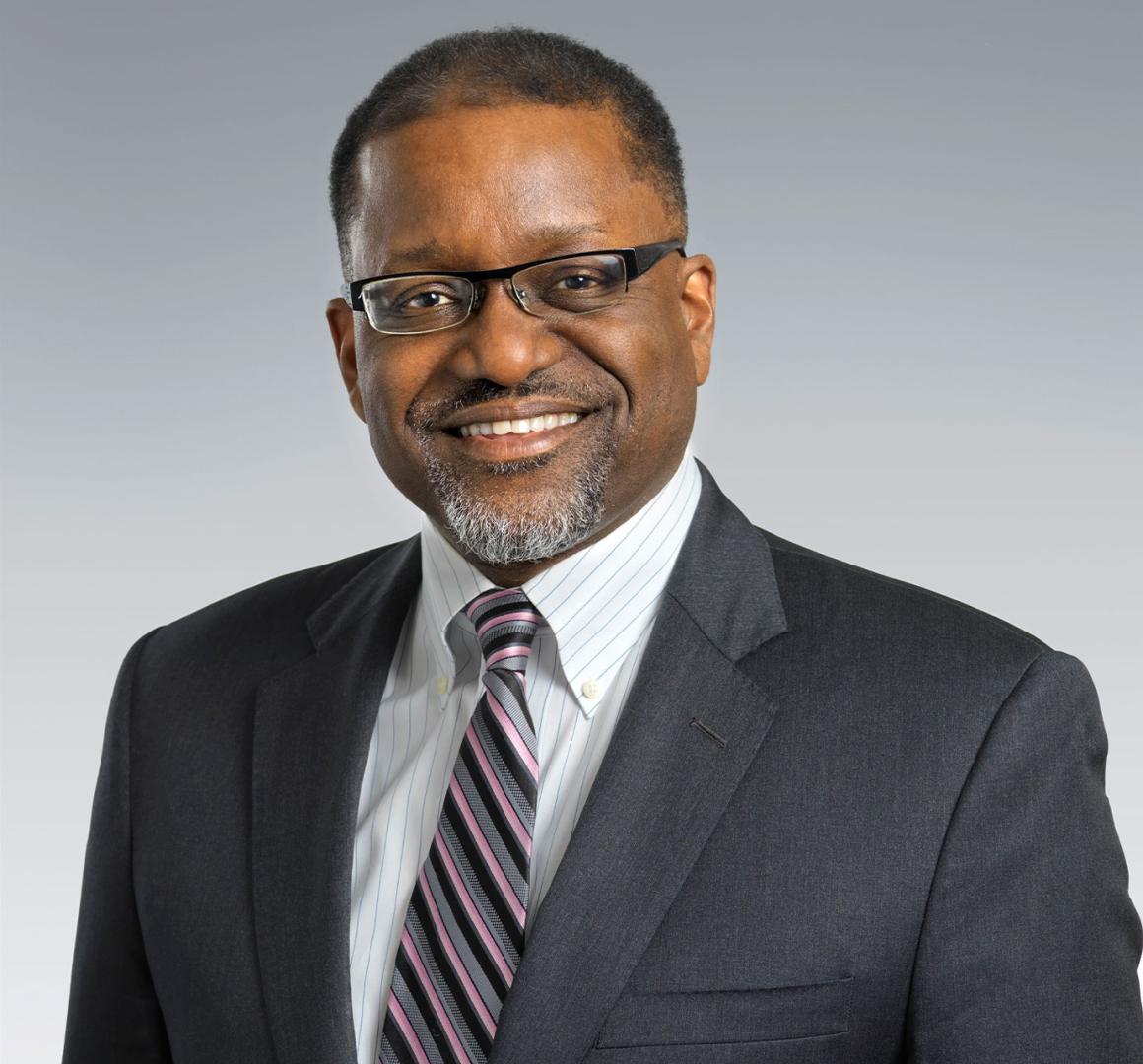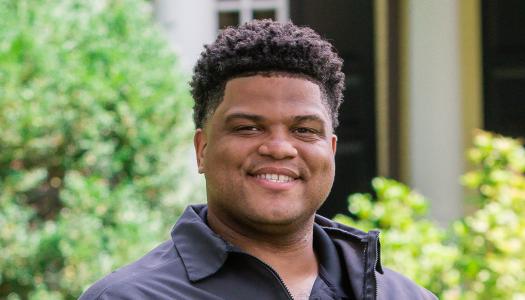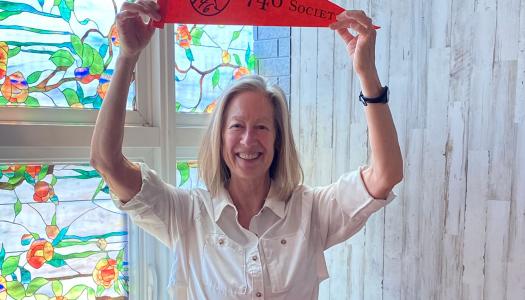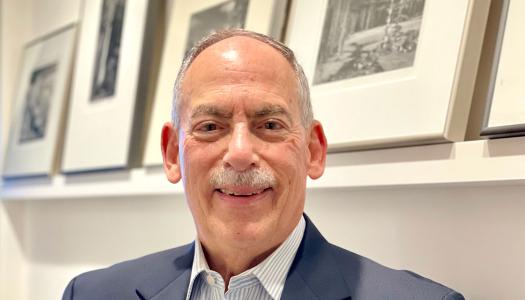Five Questions with Gary Gibbons ’78
Cardiologist promotes efforts toward health equity for diverse communities

Gary Gibbons ’78 focuses on big-picture health issues as director of the National Heart, Lung, and Blood Institute at the National Institutes of Health, and uses grassroots approaches in vulnerable communities to take on public health challenges, from reducing hypertension to addressing COVID-19 vaccine hesitancy.
In September 2020, Gibbons helped launch the Community Engagement Alliance Against COVID-19 Disparities (CEAL), which conducts targeted outreach to churches, doctors, community advocates, educational institutions, and other leaders and institutions, now operating in 21 states.
For this work, Gibbons and an NIH colleague are finalists together in the COVID-19 Response category for the 2021 Samuel J. Heyman Service to America Medals (the Sammies), otherwise known as the “Oscars” of government service. The Sammies are presented by the nonpartisan, nonprofit Partnership for Public Service. A celebratory event will be held at the John F. Kennedy Center for the Performing Arts on Nov. 1.
A Harvard Medical School graduate, Gibbons has served on the faculties of Stanford, Harvard, and the Morehouse School of Medicine. Prior to joining NIH, he founded the Cardiovascular Research Institute at Morehouse, where he directed NIH-funded research and received several patents in the fields of vascular biology, genomic medicine, and the pathogenesis of vascular diseases. The institute leads the way in discoveries related to the cardiovascular health of minority populations.
“The motto of ‘in the nation’s service’ resonates with me,” Gibbons said. “I’ve always felt privileged that I had the opportunity to go to institutions like Princeton and Harvard, and with those opportunities, I felt a compelling sense of responsibility and of service. Part of your service is that you do the things that need to be done.”
What keeps you up at night?
Given the current context, where our nation and the world are facing a once-in-a-century pandemic, it probably won’t surprise you that’s one element keeping me up lately. In particular, when it first emerged that this was going to be a major public health crisis, it was evident from the early data that certain communities were disproportionately affected, namely communities of color and underserved communities. Those communities and their social context put them at highest risk of exposure because of their occupations in hospitality, transportation and the food industry. Unfortunately, the social circumstances that may have mitigated their ability to protect themselves weren’t there — protective equipment went to the frontline in the beginning. So it’s not surprising that Black and brown communities had three- to four-fold higher risk of hospitalizations and deaths, and still are shouldering a disproportionate burden. That was a call to action that aligned with issues of health equity and health disparities — challenges that have motivated me and inspired me since the beginning of my career.
Who inspired you? What inspired you to do this work?
My mother is a hero in many dimensions. She was orphaned in Camden, New Jersey, as a teenager. The story she tells us is that there was a stranger in the audience who heard her [high school] valedictorian speech and committed to supporting her toward going to college to become a teacher. She was a woman who addressed adversity in a context that was challenging, and somehow managed to overcome those challenges. She had three kids — all of whom have doctoral degrees — became a teacher, a counselor, and was committed to helping youth in our local predominately African American communities. And beyond her day job, she was what people would now call a community organizer. She started our church, started the nursery care of that church, and started a halfway house for teenagers who were having challenges. That notion of “You are your neighbor’s keeper” is imprinted on me.
What do you find most exciting about this work?
We played the leadership role in CEAL, an effort we leveraged with existing NIH-funded assets in partnership with community-engaged researchers. These researchers are able to link what we know in scientific discovery to what communities need, and have developed long-standing relationships within high-risk communities. We knew that, given the pace of the pandemic, this wasn’t the time to freshly introduce yourself. You want people who have longstanding relationships, because we knew that they would be the trusted messengers of trustworthy information. From the very onset, there was a lot of misinformation and mistrust that we knew was going to impede the effort. The challenge wasn’t just designing an effective vaccine, or even testing it. We also had to be sure people had confidence in it — that they had a belief and attitude and knowledge to actually get vaccinated. That was going to be critical to ending the pandemic.
Enabling and empowering those folks at the front line, that’s what excites me. Because that’s, I hope, building a capacity, a competency of resilience, a capability where these communities are poised to solve problems themselves if provided the resources and the assets to do so.
How do you hope that your work will create a better future?
Do you know the expression, “Never let a good crisis go to waste”? I hope, that in this crisis and in efforts like the CEAL program, we see an opportunity to take some of the lessons learned here that were rapidly put together in response to this public health emergency and anticipate that this is probably not our last pandemic — the same way we had SARS in 2002 and 2009. You could argue that whether it’s hypertension or HIV/AIDS or diabetes, or a lot of other things that affect these communities, we need to take some of these lessons learned to really address how we promote health equity moving forward and develop the platforms that promote how we can make these thriving, healthy, resilient communities. I believe what we’ve learned through CEAL is a pathway with these local partnerships — relationships based on trust and mutual benefit — particularly community benefit.
What does “forward thinking” mean to you?
At the end of the day, I hope we put together platforms that bring together research, the assets within communities, policymakers and the private sector, all trying to make communities better, with a lens toward equity and providing people with a fair shot to reach their fullest potential in every dimension, including health.


